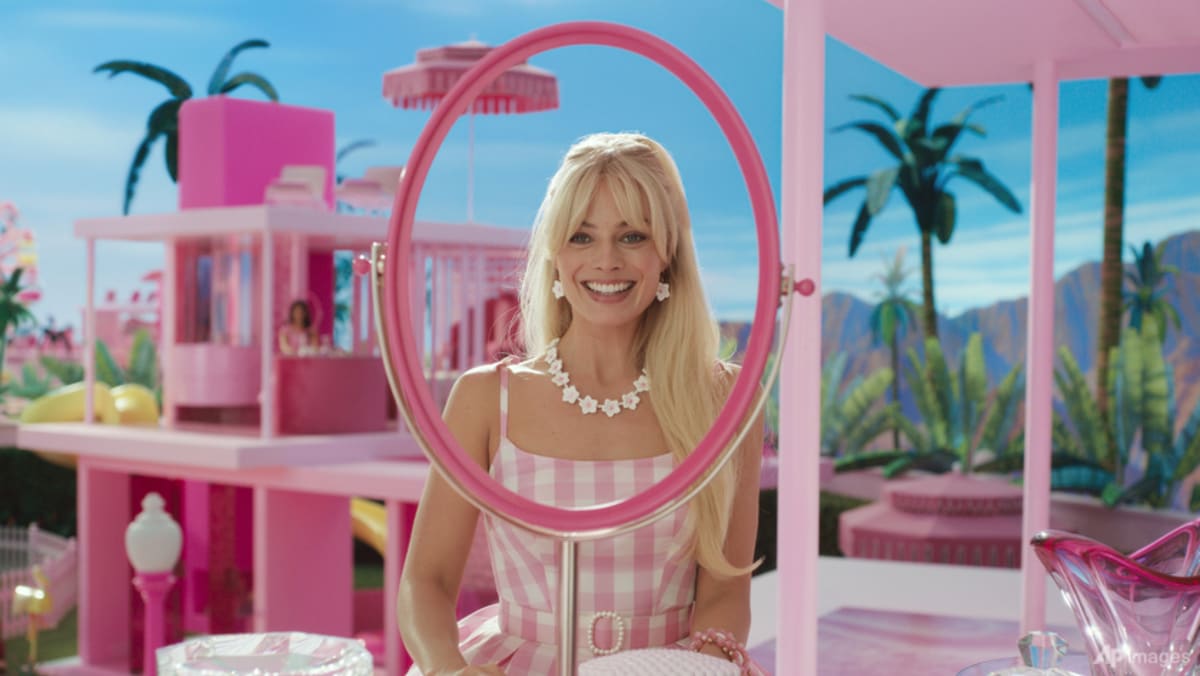
This was exactly what Ruth Handler had hoped to do when she created Barbie in 1959. She noticed that most dolls of that era were either babies or toddlers and, apparently upon observing her daughter’s fascination with paper dolls of career women, thought it would be commercially viable to create a version that would allow girls to dream of their future.
In line with this aspirational ethos, Mattel has consistently launched dolls embodying the personas of various occupations from surfers and scientists to CEOs and even the president of the United States. There have also been countless Barbies modelled after real life women from civil rights hero Rosa Parks to artist Frida Kahlo and tennis star Naomi Osaka.
To be honest, I barely remember what my dolls looked like. But some of my clearest memories are of a simple Barbie board game titled “We Girls Can Do Anything”, the point of which was to move our pieces around until we achieved our career of choice, such as an astronaut, musician, teacher or doctor. Even today, this tagline still pops into my head like a little pep talk when I encounter hurdles.
NOT ALL MARKETING AND CONSUMERISM
If the hype around the movie and the popularity of the #Barbiecore hashtag on social media is any indicator, there are certainly many others who share fond memories of the doll, even though it seems more fashionable to critique it.
Barbie’s appearance – originally modelled after a European adult toy and gag gift – has in particular drummed up plenty of scrutiny. The doll underwent a “make-under”, plumped up lips and heavy eye make-up removed in favour of the “all American” girl-next-door look we are now familiar with.
